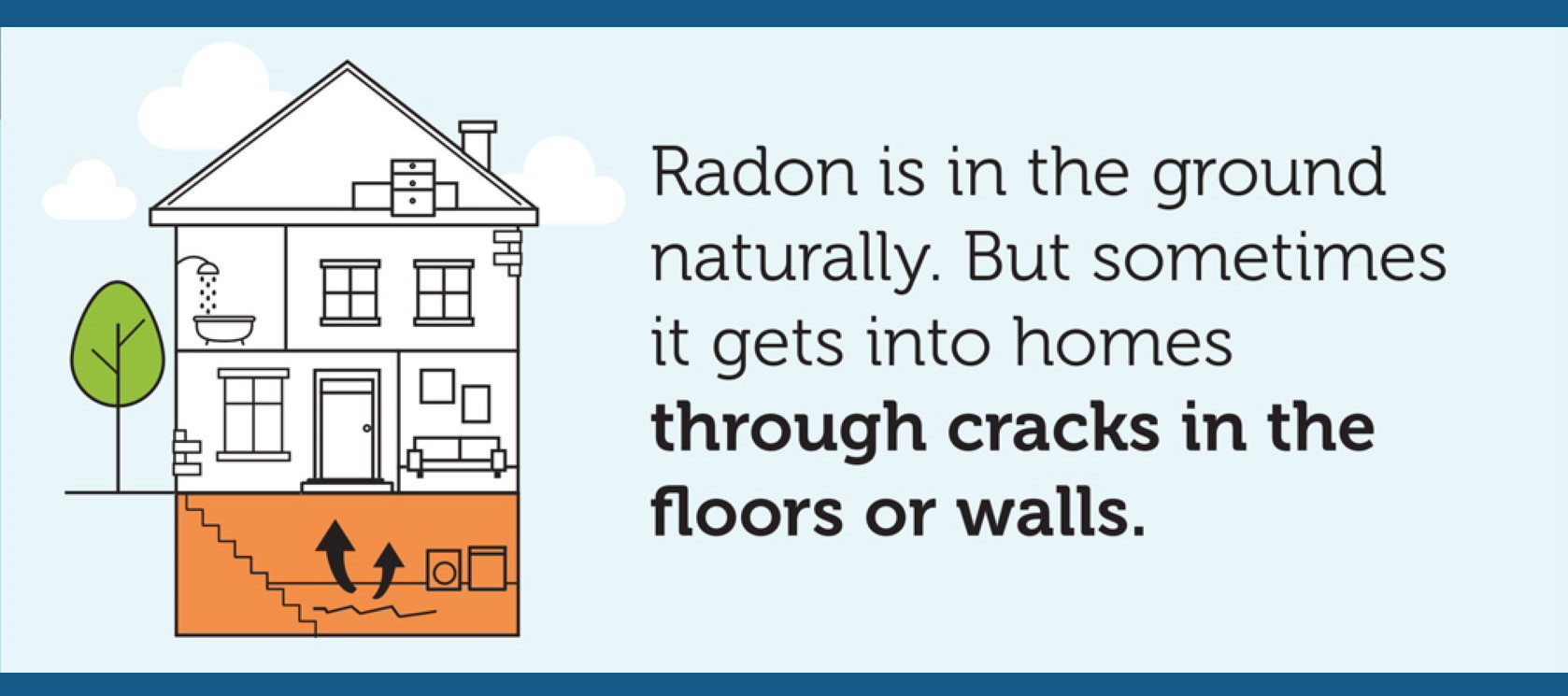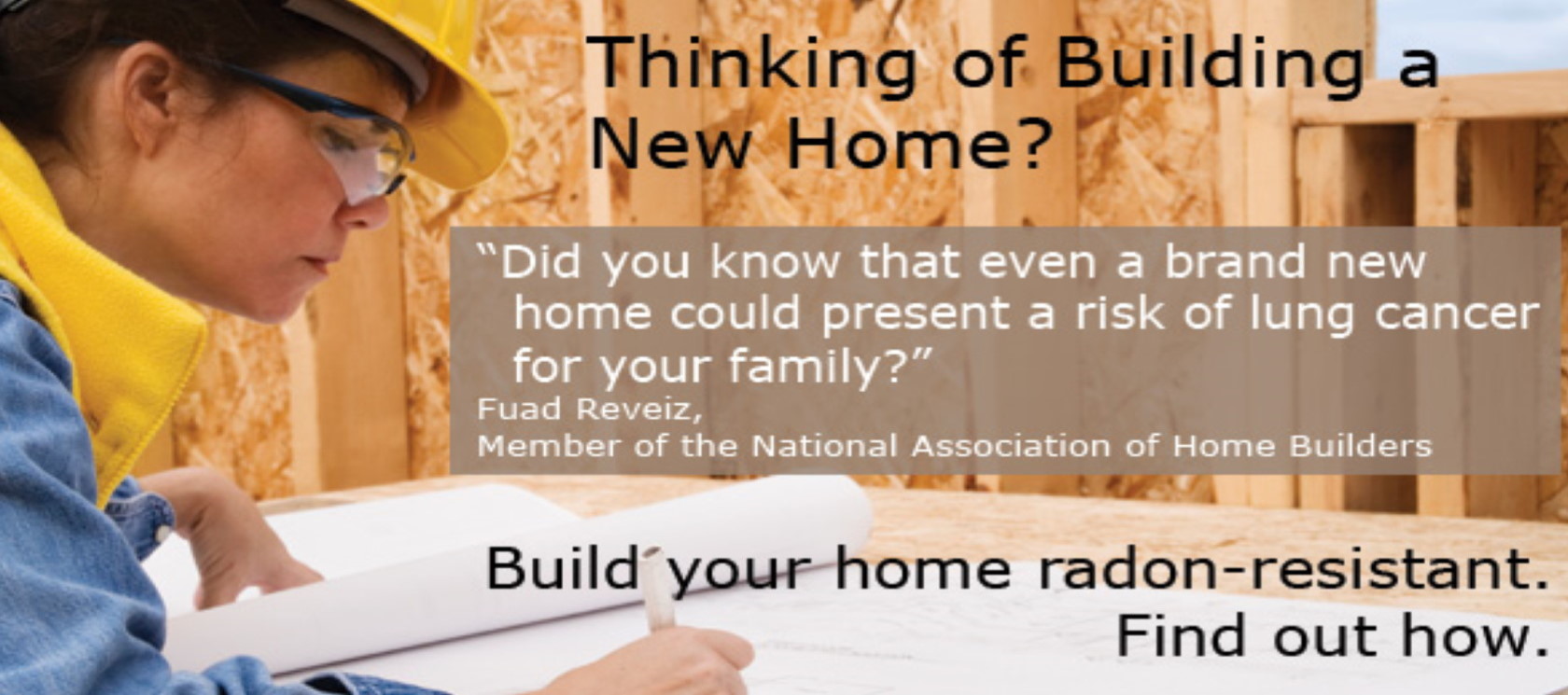Radon is a gas that you cannot smell, taste or see. Radon forms naturally when uranium, radium and thorium break down in rocks, soil and groundwater. People can be exposed to radon primarily from breathing radon in air that comes through cracks and gaps in buildings and homes.
Radon is estimated to be the second leading cause of lung cancer in the United States, responsible for over 20,000 lung cancer deaths each year, according to the Environmental Protection Agency.
You can take steps to reduce high radon levels in your home. Testing your home is the only effective way to find out if you have a radon problem.
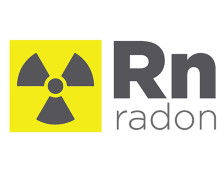
Health Risks
Exposure to elevated levels of radon over the course of your lifetime increases your risk of developing lung cancer. The surgeon general has warned that radon is the second leading cause of lung cancer in the United States. Radon is also the leading cause of lung cancer among non-smokers. If you smoke and your home has high radon levels, your risk of lung cancer is especially high.
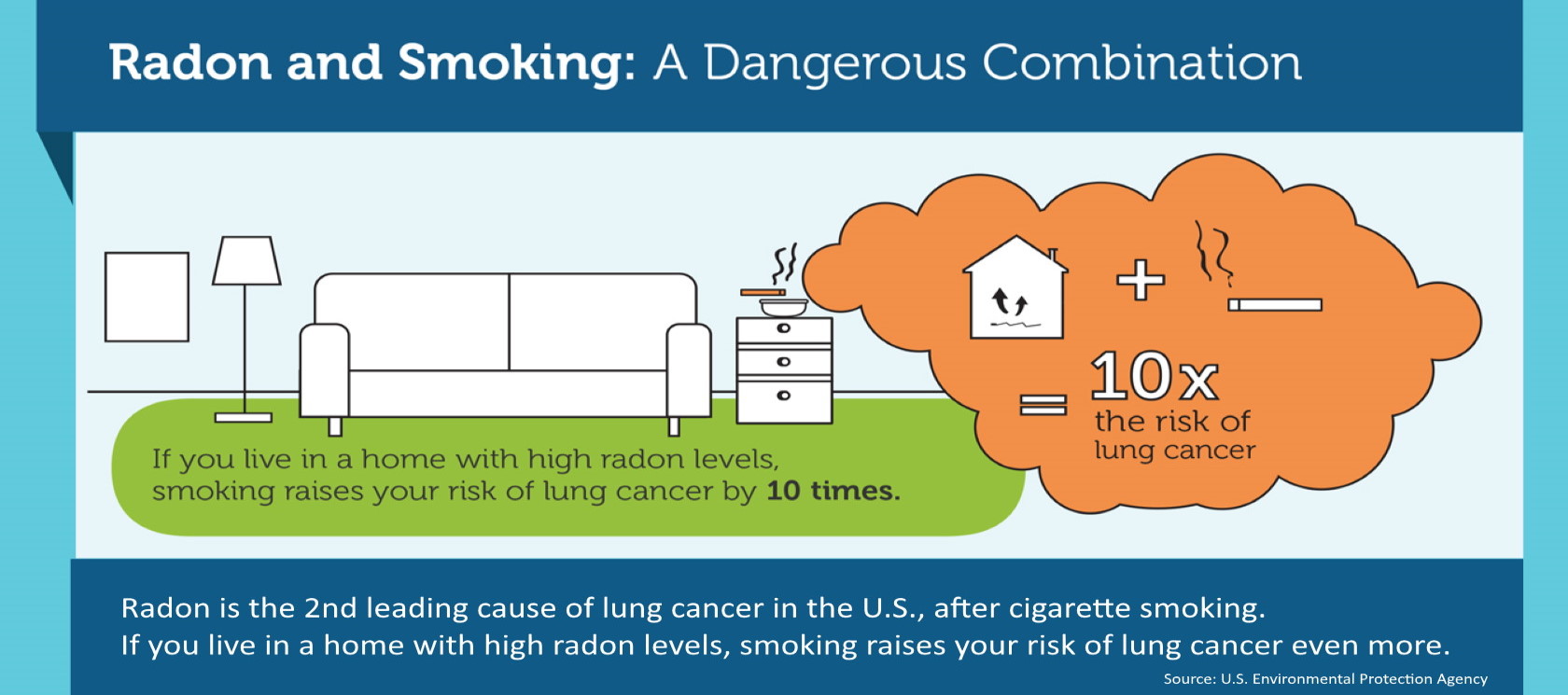
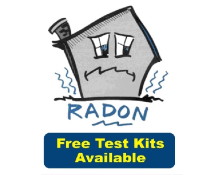
How to Get a Radon Test Kit
To get a radon test kit you can:
- Request a free radon kit through the Ohio Department of Health
- Buy a test kit online or at your local home improvement or hardware store. Many kits are priced under $25.00.
- Hire a qualified tester do a radon test for you.
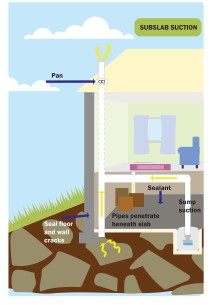
How to Lower Elevated Levels of Radon
The U.S. Environmental protection agency (EPA) has set an action level of 4pCi/L. This means that if the AVERAGE radon level is 4pCi/L or higher, you should act to lower the radon levels in the home.
If elevated radon levels are found in your home, a radon mitigation system should be installed to lower the radon levels to below 4pCi/L. PVC pipes and a special type of fan are the basic components of a radon mitigation system. The most common radon mitigation system installed is a “sub-slab depressurization” system. This system pulls the radon out from underneath the foundation and vents it to the outside. An Ohio licensed radon contractor will be able to determine the right system for your home. The contractor should also seal all cracks and openings in the foundation floor and walls. ODH does not recommend the use of sealing alone to reduce elevated levels of radon.

Ohio Department of Health's Radon Program
The Ohio Department of Health provides radon education and awareness through a grant from the US EPA. ODH serves the state of Ohio for all inquiries related to radon. For more information email lisa.morris@odh.ohio.gov For general radon licensing questions, call 614-752-4425 or email radon@odh.ohio.gov. For general radon education questions, call 614-728-0272 or email indoor.radon@odh.ohio.gov.

